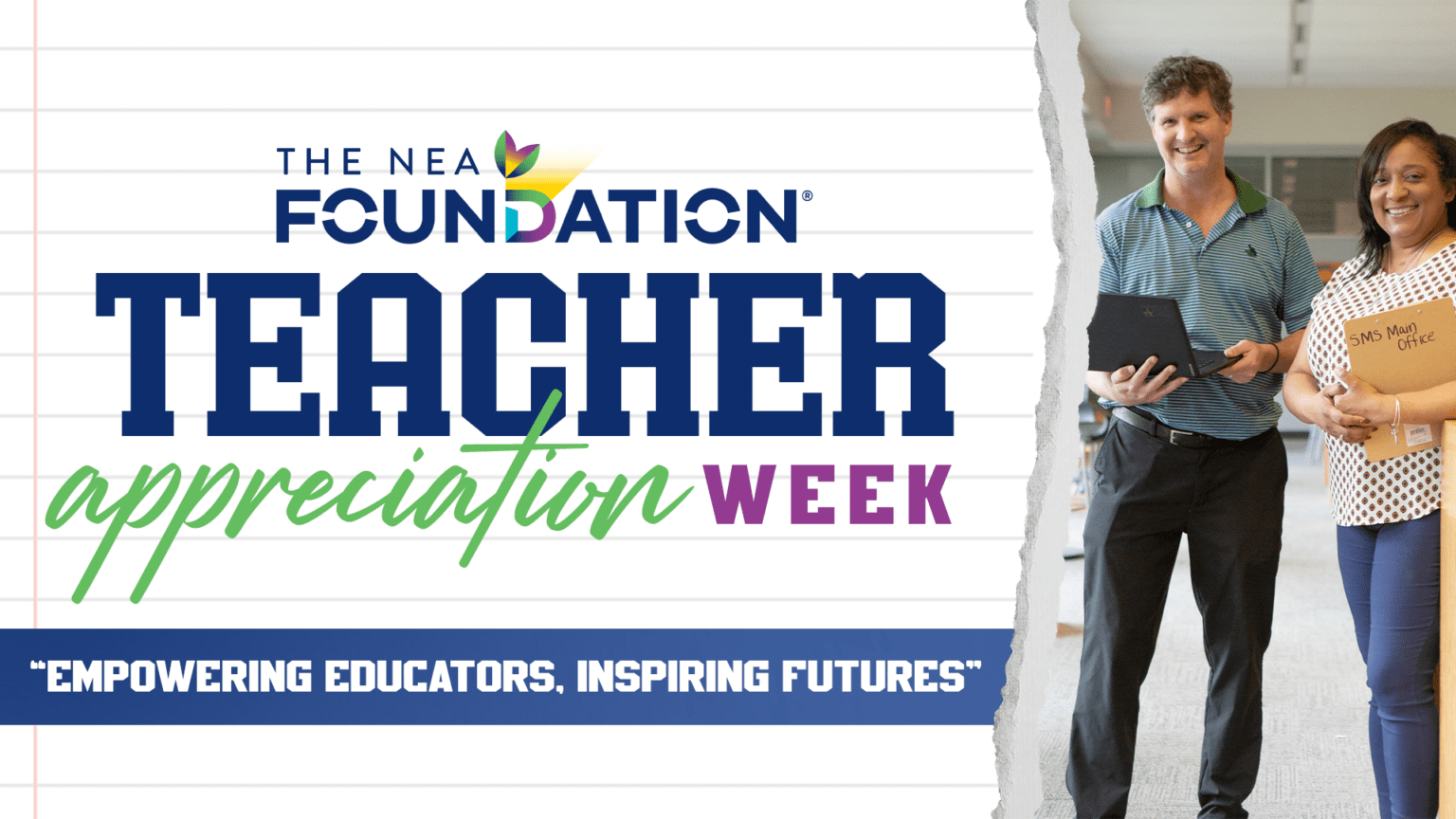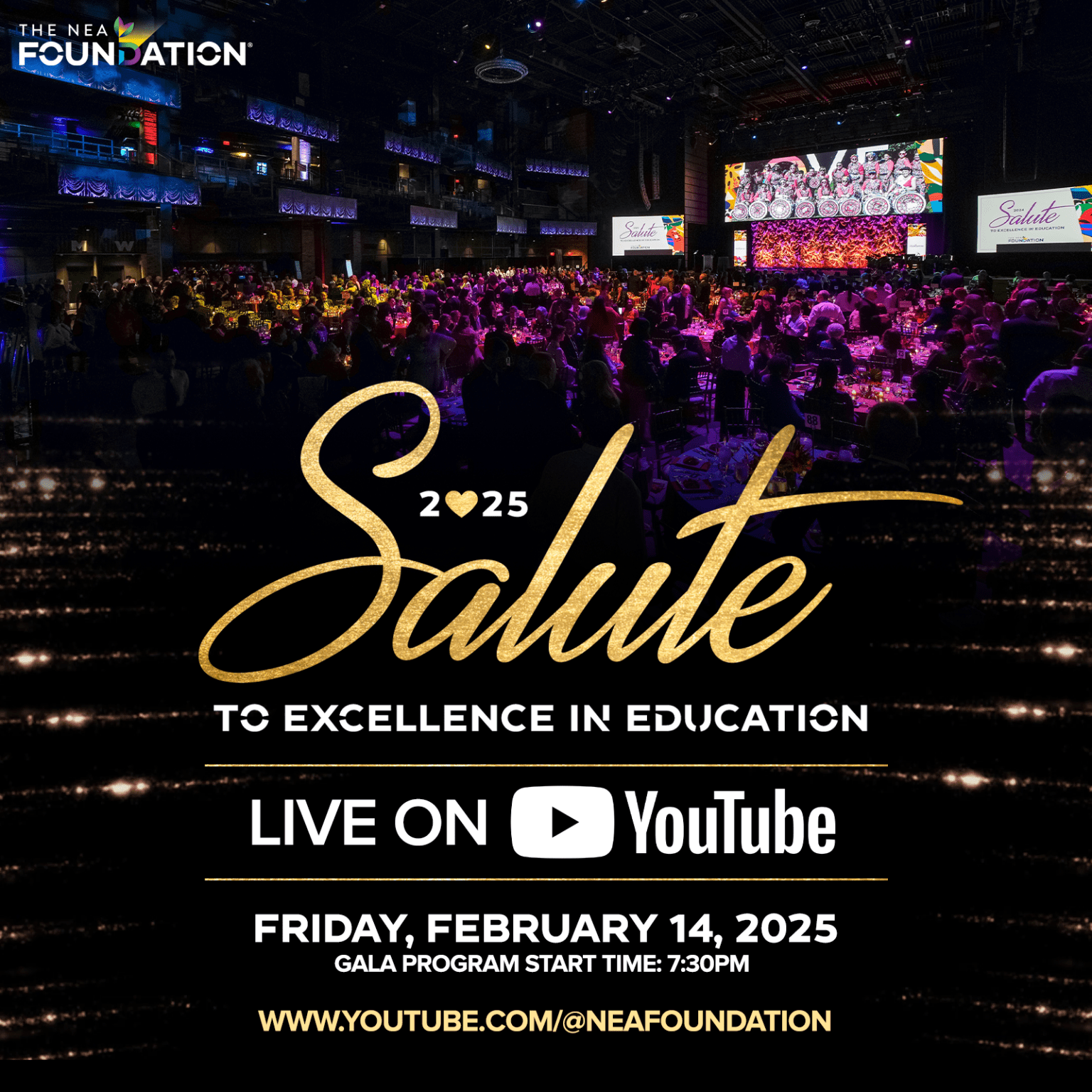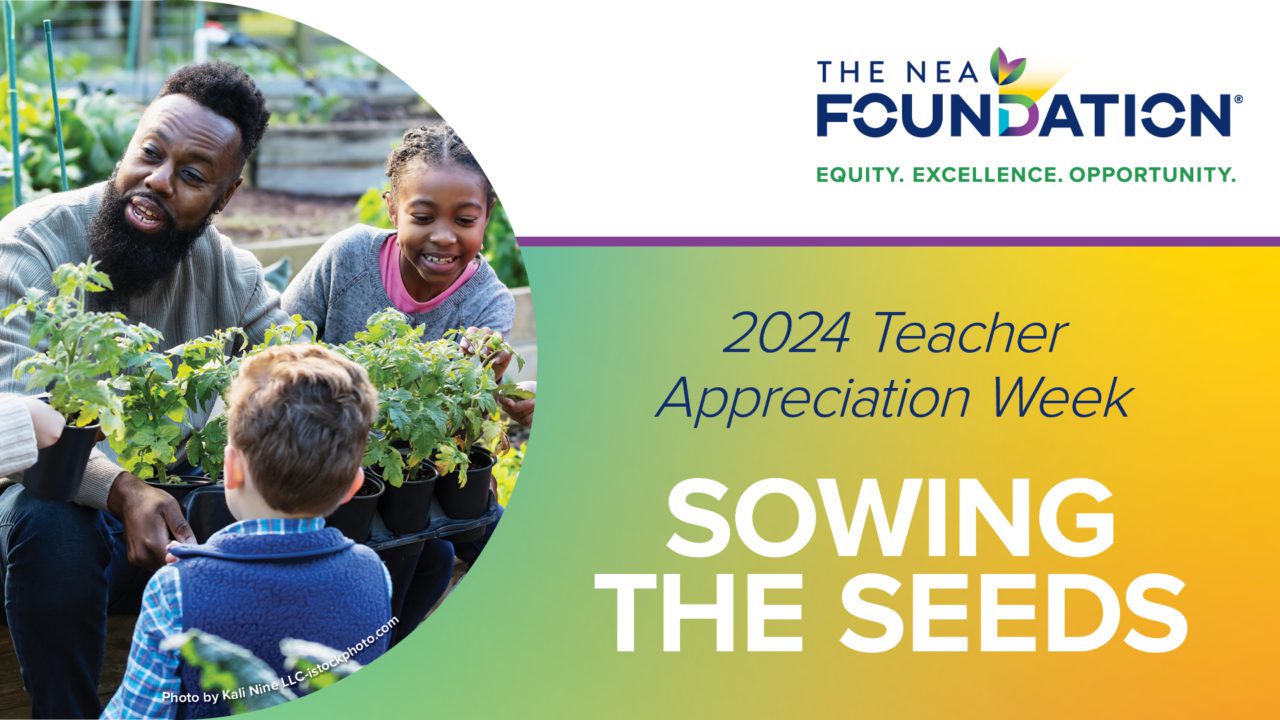By Tony Jackson
Vice President for Education at Asia Society
Nelson Mandela is one of my heroes. As he lies in critical condition, one quote stands out for me above all others: “Education is the most powerful weapon which you can use to change the world.”
For a man who has changed this world, we should take heed. But in order for the next generation to also make a difference, they must understand this ever-changing world.
Here are some questions to consider when reviewing global issues curricula:
- Does the curriculum use primary resources and respectable secondary resources, such as perspectives from academic experts?
- Does it lead students to deeper learning through critical analysis of a wide range of evidence?
- Is the essential question something experts grapple with in the real world, where there is no clear answer?
- Are there case studies from different areas of the world? Or allow students to model similar investigations of new case studies?
- Does the curriculum allow learners to examine the roots and diverse perspectives that surround the global issue?
- Does the curriculum promote project-based learning?
- Does the curriculum have room for students to connect with experts and peers around the world?
- Can your students apply their learning in a real-world way that makes a difference locally, regionally, or globally?
Probably no curriculum can accomplish all of these things. Educators are masterful at adapting lessons to fit the needs of their own students. What other objectives can you build into global learning opportunities?
Here are some notable curricula broadly categorized by big world issues:
The Natural World
Humans thrive off the natural world, using its resources to survive and to create better societies. But humans must also consider the delicate balance between development and preservation of limited natural resources for future generations. Forces, like global warming, are often borderless problems that require global cooperation to mitigate.
Exploring Global Issues: Social, Economic, and Environmental Interconnections
Facing the Future created a global studies guide that examines 24 issues, most of them relating to environmental topics, that are student centered and action oriented. Furthermore, the learning activities are focused heavily on deeper learning skills specified in the Common Core State Standards. This is a teacher’s guide; Facing the Future also puts out a student guide. For purchase.
Human-Environment Interactions in India
India has within its borders nearly one-fifth of the entire human population. This lesson, from Primary Source, examines how India has attempted to balance development needs, including policies that would lift millions out of severe poverty, with environmental preservation. Free.
How Can Biodiversity be Preserved?
This curriculum, by Stanford University’s SPICE, looks at what biodiversity is, how it’s valued, and case studies on how different groups hope to preserve complex ecosystems and their species. For purchase.
Buy, Use, Toss? A Closer Look at the Things We Buy
Students learn about the five major steps of the materials economy: extraction, production, distribution, consumption, and disposal. Teachers coach students to analyze the sustainability of these steps, determining how responsible consumption can benefit people, economies, and environments. Free.
Global climate change is a big topic. We turn to National Geographic Education to break it down for learners, from closed lab experiments to hypothesizing what happens on a large scale and over time. This lesson deals with the science of climate change; there are many interesting case studies from around the world that looks at the impact of climate change that would pair nicely with this. Free.
The Human World
Patterns of human settlement create a new geography that needs to be understood on its own terms. Humans have always moved for various push and pull reasons, but the forces of globalization means that the scale of human migrations is greater than ever before, and human settlements must be reconceptualized.
Global Patterns of Human Migration
An introductory lesson from National Geographic Society that allows students to examine factors that lead to human migration, and to study different case studies throughout time on why humans moved, and how they settled. A great primer. Free.
This is a terrific tool to help students understand the drivers of the global economy over time. Experts from different fields at the University of Texas in Austin created this resource guide and curriculum that dives deeply into the roots of global trade, and offers a springboard for students to do further explorations. Free.
A World of Ideas
Human ingenuity has changed the world. But in some instances, such as governance and international relations, humans often do not reach agreement on which ideas are the best. Students who examine some of the gray areas will have a clearer understanding of how the world works.
Dilemmas of Foreign Aide: Debating U.S. Policies
Sometimes the best intentioned ideas backfires. This curriculum, from Brown University’s CHOICES program, compels students to take a critical look at foreign aide case studies and examine what worked and what went wrong. For purchase.
Confronting Genocide: Never Again?
The greatest failure of human society is genocide. But even in the century after international peacekeeping made its debut, genocides are still a reality. Students grapple with this real-world problem by understanding what went wrong in the past in an effort to prevent future atrocities in the future. For purchase.
Competing Visions for Human Rights: Debating U.S. Policies
Despite an internationally accepted human rights treaty, dozens of meetings, new institutions, and social movements, human rights abuses persist. Students use case studies and primary sources to examine the evolving role that human rights has played in international politics and explore the current debate on U.S. human rights policy. For purchase.
Security, Civil Liberties, and Terrorism
This curriculum was written nearly a decade ago, but the recent NSA controversy demonst
rates that it is still a topic that national security, government, and citizens are still negotiating. The curriculum starts with an examination of what terrorism is, and the forms that it takes before exploring how governments fight it, and the role of people’s privacy and voice in the matter. For purchase.
Why is Civil Society Important?
Civil society–religious institutions, unions, community groups, the media, and other non-governmental, non-business organizations–help citizens shape the culture, politics, and economies of their nation. There is no formal definition or role for civil society worldwide. Students study how civil societies shape different areas of the world, and how lessons learned from one area could be applied to other areas. Free.
Nelson Mandela also observed that there “can be no keener revelation of a society’s soul than the way in which it treats its children.” To me, this involves how we prepare them for the future, including how to think about the world, which is growing more interconnected every year.
Follow Tony Jackson and Asia Society on Twitter.












